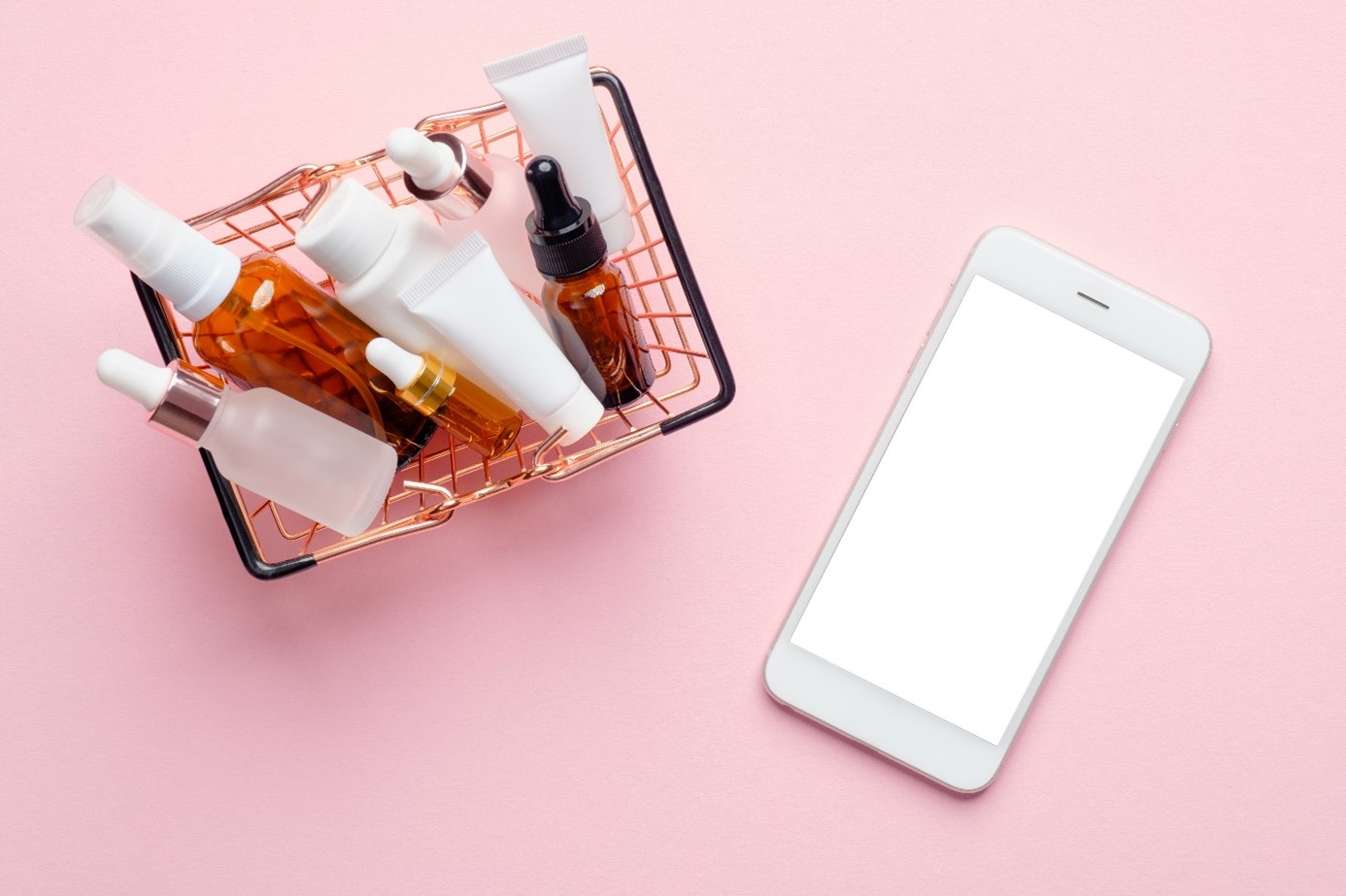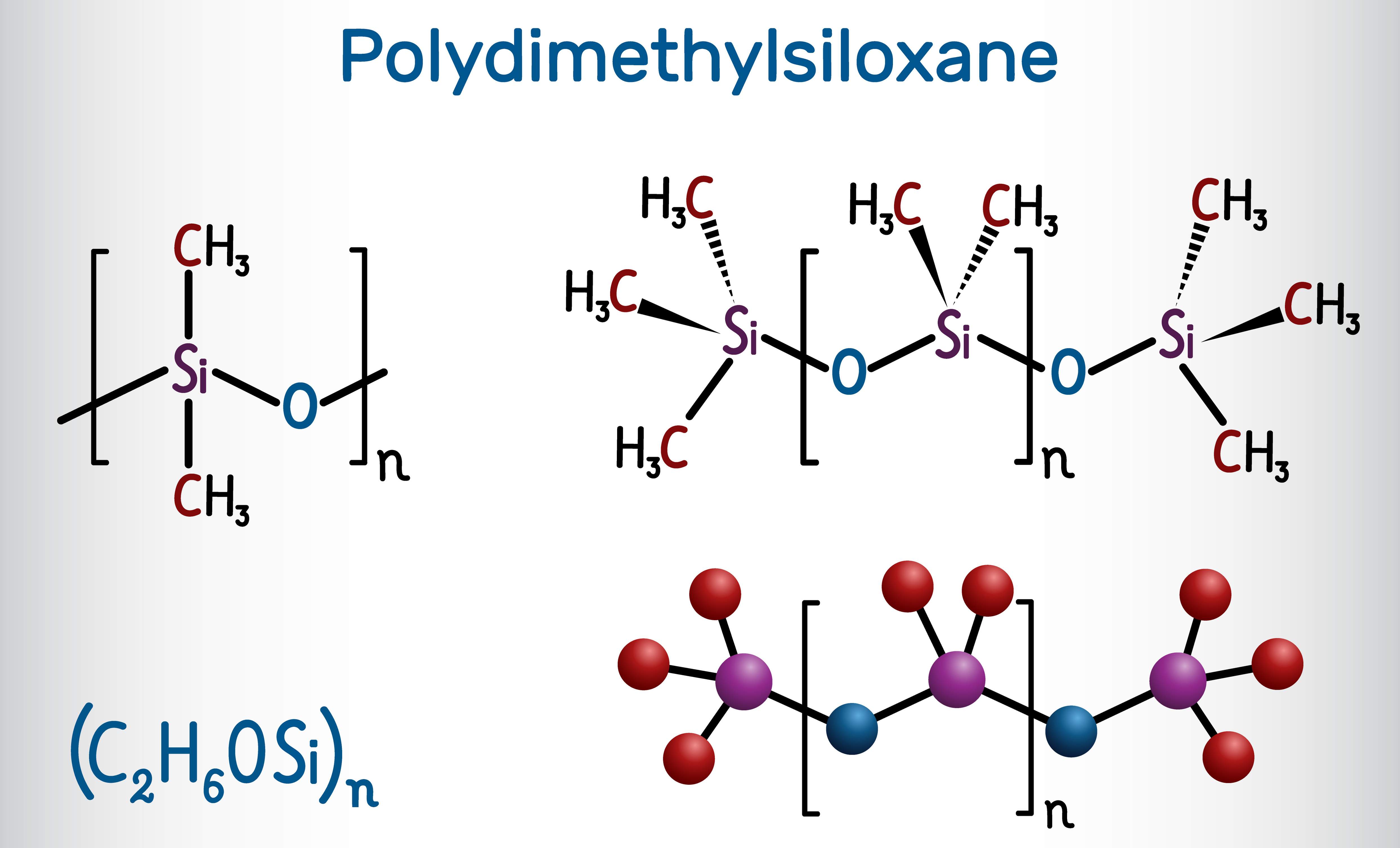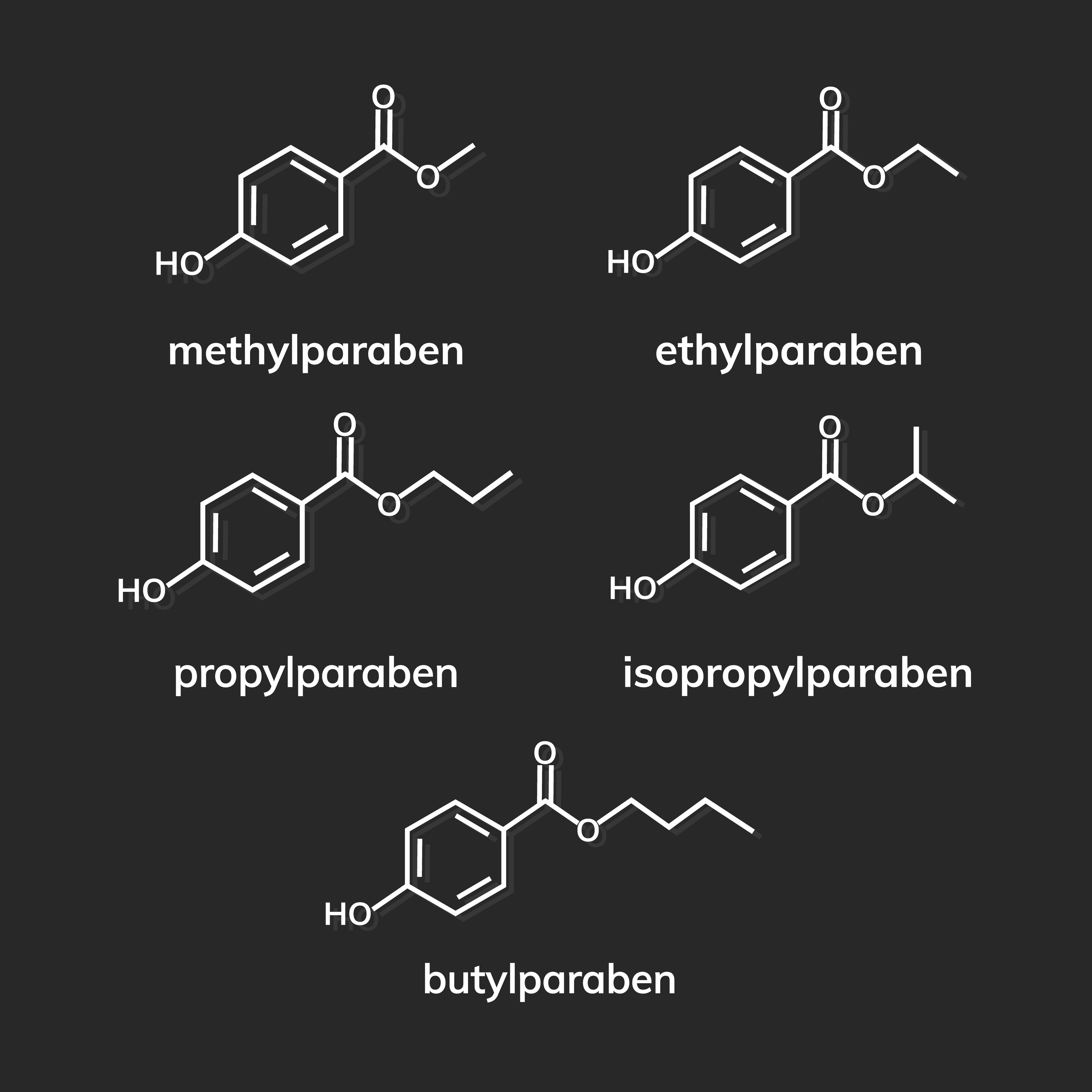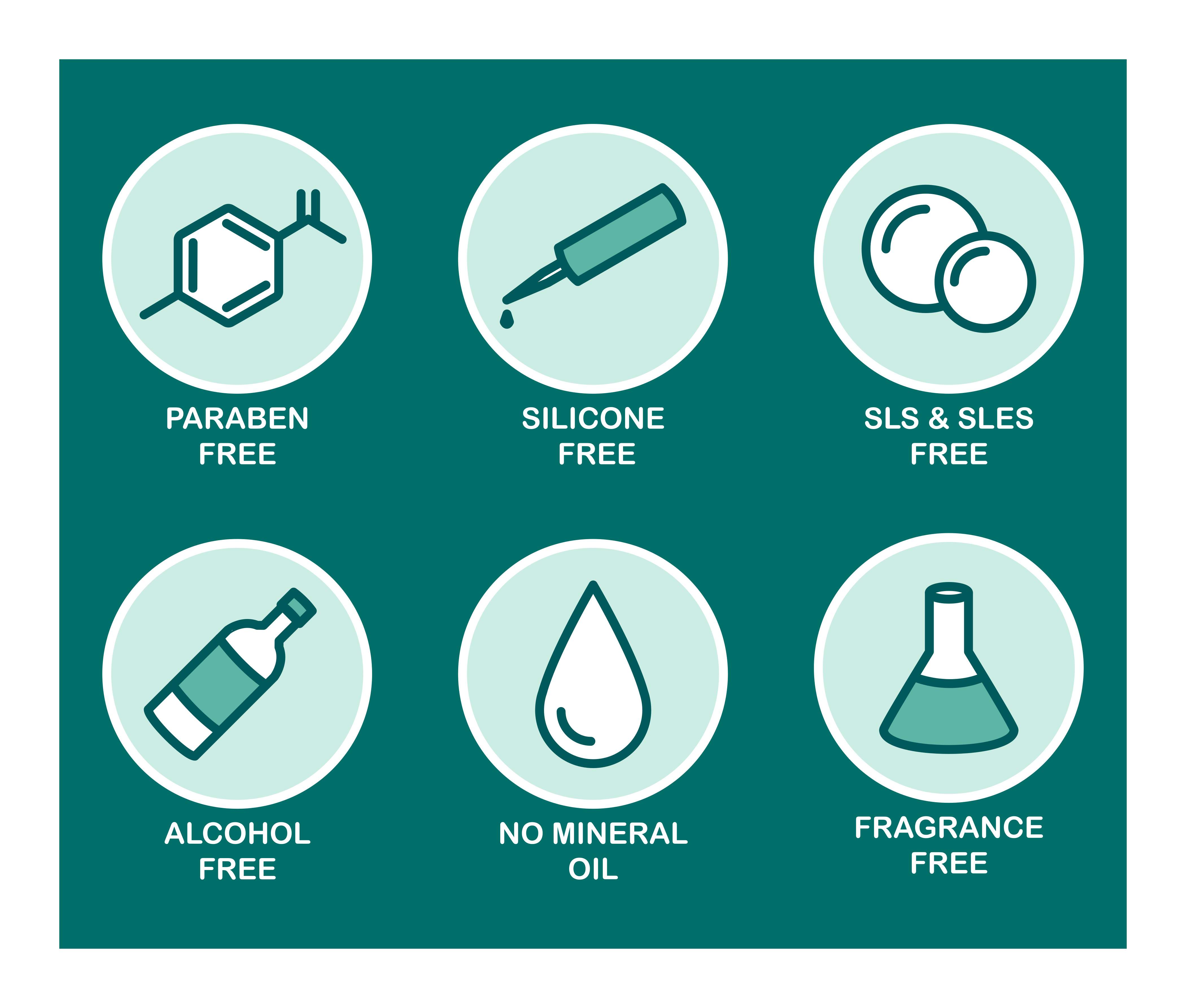Controversial ingredients and their alternatives: understanding the composition of cosmetic products

Perfumery, hygiene products, skin care and make-up… Cosmetic products have been part of our daily life for centuries.
Thanks to the commitment of manufacturers and the supervision of competent authorities, today they are among the most regulated and controlled everyday products, to always guarantee the safety of consumers.
What are the requirements for launching a cosmetic product?
The marketing of cosmetic products sold in Europe is governed by Regulation (EC) No. 1223/2009, more commonly known as the "Cosmetics Regulation".
This demanding cosmetic regulation enables to:
- Control the composition of products and the way they are manufactured and marketed
- Ensure that the consumer has access to information for the proper use of the product
- Identify possible adverse reactions and withdraw non-compliant products from the market
The absence of risk for consumers is therefore based on the safety of raw materials and finished products, the quality of manufacturing techniques and finally, market surveillance (cosmetovigilance).
The composition of cosmetic products is strictly controlled by the European Regulation, which is composed of annexes that list:
- Prohibited substances (Annex II)
- Regulated substances (Annex III)
- Authorized components such as colorants (Annex IV), preservatives (Annex V) and UV filters (Annex VI)
Annexes III to VI include information on maximum levels and conditions of use of raw materials, as well as conditions of use and warnings that must be labelled on the packaging.
The Scientific Committee on Consumer Safety, a committee of independent experts, contributes to the regular updating of these annexes by the European Commission.
However, despite the application of this demanding regulation, many raw materials are today subject to controversy and are perceived as undesirable compounds in cosmetic products.
Preservatives, silicones, microplastics... So why are some cosmetic ingredients controversial?
By definition, a scientific controversy is "an ongoing discussion on an issue, motivated by diverging opinions or interpretations".
Scientifically proven or not, the origins of controversies on cosmetic ingredients are diverse: environmental impact, health impacts (CMR, endocrine disruptors, allergens, etc.).
Some of the most controversial ingredients include:
Silicones
Subject to many prejudices and often criticized for their environmental impact, silicones have many advantages in formulation. Contrary to popular belief, they are not derived from petrochemicals but from silica.
Are they bad for the environment? Silicones, by their chemical nature, do not meet the criteria of biodegradability, which were developed for carbon-based products.
However, they are well degradable! Once rinsed, they are evacuated to wastewater treatment stations and degraded by reversion in the soil.

In formulations, silicones have many advantages in skin care, make-up, and hair care applications.
Their safety for the consumer is well established and their use is regulated. They are also regularly used in pharmacies for scar treatment and are recognized by the European Pharmacopoeia.
Preservatives: phenoxyethanol, parabens…
Why add preservatives in cosmetic products? Most cosmetic products must be protected from microbial contamination during manufacturing, storage, and final use by consumers. To do so, it is necessary to use ingredients able to fight against the development of microorganisms. We can also use safe and effective preservation "booster" ingredients which can reduce the amount of preservatives in the formula.
The use of preservatives is strictly regulated by the European Regulation. Their safety data and conditions of use are regularly reviewed and updated if necessary.
Parabens, for example, are questioned and have bad press with the public because they are perceived as dangerous by consumers. Studies have shown that long-chain parabens (isopropylparaben, isobutylparaben, phenylparaben, benzylparaben, pentylparaben) are suspected of being endocrine disruptors. However, short-chain parabens, currently used in cosmetics, are biodegradable, safe, non-aggressive and effective. On the other hand, some alternatives, such as MIT (Methylisothiazolinone), gradually reintroduced after the ban on long-chain parabens, are known for their irritant potential and triggering allergies.

Thus, unless the nature of the product (anhydrous, high alcohol content, adapted packaging such as "Airless") enables the absence of preservation, the mention "without preservatives" does not necessarily mean that the product does not contain any ingredient with preservative properties, but that they are not listed as such in Annex V.
Microplastic powders
Why using microplastics in cosmetic products?
Ingredients considered as microplastics are used in cosmetic products mainly as fine powders, exfoliating agents, and rheology agents.
The pollution of aquatic environments by plastic particles is at the core of environmental concerns and controversies surrounding cosmetic products. Indeed, 11 million tons of microplastics are released into the environment each year, of which 1 to 3 million are microplastics (< 5mm), intentionally added in products. The share of primary microplastics from cosmetics would represent 0.02%.
In January 2018, the European Commission adopted a strategy to protect the environment from plastic particle pollution. Following this, measures have been adopted and proposals for restrictions are being discussed in order to be more in line with the principles of eco-conception. It includes microplastic particles intentionally added to products for consumer use.
This restriction could impact more than 100 synthetic polymers. Finding natural alternatives with the same properties is a major challenge for formulators, but new technologies are making it possible to get closer and closer to the performance of these products.
Among the controversial ingredients, we also find chemical UV filters, sulfates, TiO2, chelating agents, PEGs, mineral oils, nanoparticles, BHT/BHA, talc, aluminum salts... And the list goes on and on!
Moreover, according to a study conducted with our partners, 80% of respondents were still using these ingredients but 100% of them were looking to replace or avoid them in future developments.
Protecting consumers!
The composition of cosmetic products and the associated marketing claims play a key role in the consumer's purchasing decision. However, some claims reinforce consumer distrust. It is therefore essential to ensure that this purchasing decision is properly documented and that companies operate in a fair business environment.
As a result, the Directorate General for Competition, Consumer Affairs and Fraud Control (DGCCRF), in conjunction with the National Agency for the Safety of Medicines and Health Products (ANSM), has developed a series of recommendations on the use of "free" claims on the label of cosmetic products. These recommendations, applicable as of July 1, 2019, are in line with Regulation (EU) No. 655/2013, which provides a framework for the common criteria that claims relating to cosmetic products must meet to be used. They must, in fact, be truthful, not misleading, and unambiguous for consumers.

Concretely, what does this mean?
- The following are not authorized: claims "without" prohibited or regulated substances, unverifiable substances, groups, or families of substances.
It is therefore forbidden, for example, to indicate on a product "without + INCI" in order not to denigrate the substance and create or exacerbate an unfounded mistrust or make the information confusing for the consumer.
- Are authorized: "free" claims called "informative", which allow the consumer to make a choice based on their health status or personal beliefs.
Examples: "fragrance-free", "no ingredients of animal origin", "alcohol-free".
The consumer can also rely on the mention of labels or certifications on the finished product, such as COSMOS, ECOCERT, Natrue, Nature & Progrès, etc. It guarantees that the product has been formulated in compliance with certain specifications, with most ingredients from natural resources. However, faced with the multiplication of these labels, which do not all have the same level of requirements, it is difficult to find your way around.
Nothing is better than analyzing the INCI list! But how to do it when you are a beginner?
In order to allow consumers to educate themselves and not be influenced by these communications, beauty companies, represented by FEBEA, have developed an Instagram account @lelabdeclaire and a mobile application CLAIRE, which are designed to decode the list of ingredients present in beauty products by analyzing an INCI list. In full transparency and based on scientific studies available to date, they are not based on a rating system, but on information, which enables consumers to better understand the chemical composition of cosmetics.
Find out about our alternatives!
At Safic-Alcan, we advocate balance and support our customers in their choice of ingredients. Our wide range of ingredients allows you to select the most suitable solutions to meet the market's expectations.
To learn more about our alternatives to controversial ingredients, discover our range of cosmetic ingredients !
Sources :
- https://www.febea.fr/fr/la-reglementation-cosmetique
- Larousse. (s. d.). Controverse. Dans Dictionnaire en ligne. Consulté le 3 novembre 2022 sur https://www.larousse.fr/dictionnaires/francais/controverse/18941
- https://eur-lex.europa.eu/legal-content/FR/TXT/PDF/?uri=CELEX:32014R0358&from=DE
- https://www.economie.gouv.fr/dgccrf/allegations-sans-dans-les-produits-cosmetiques-precisions-des-autorites-de-controle
- https://www.economie.gouv.fr/dgccrf/quelles-allegations-sans-sur-les-produits-cosmetiques
- https://cosmeticobs.com/fr/articles/focus-67/rappel-entree-en-application-des-restrictions-pour-les-allegations-sans-et-hypoallergenique-4860
- https://www.febea.fr/fr/vos-produits-cosmetiques/actualites/la-febea-lance-claire-application-innovante-decrypter
- https://cosmeticobs.com/fr/articles/congres-48/a-la-recherche-de-polymeres-non-microplastiques-5893
- Léa Louvel. Excipients controversés dans l'industrie pharmaceutique et cosmétique : quelles alternatives possibles ?. Sciences pharmaceutiques. 2020. ⟨dumas-03080642⟩
- https://au-coeur-de-nos-produits.loreal.fr/ingredients/parabenes
- https://www.premiumbeautynews.com/fr/conservateurs-la,4927
- https://globalsilicones.org/






